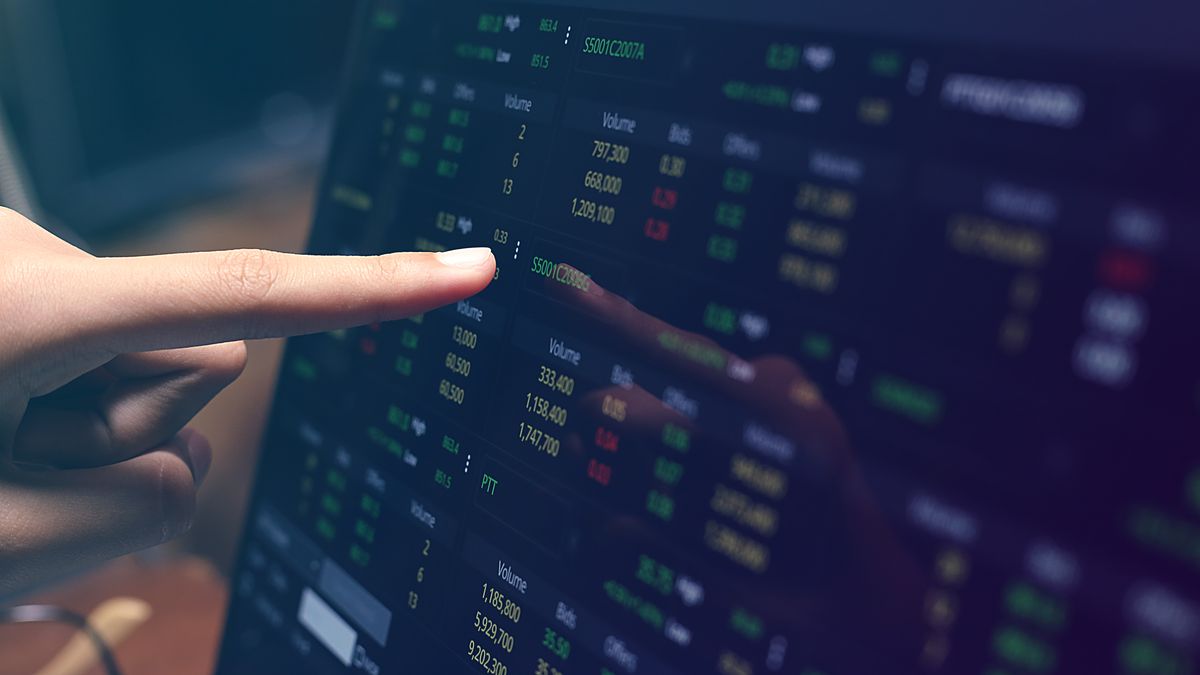local factors
Among the causes of the collapse of the sovereigns, the analyst Joel Lupieri commented to Ambit: “Everything seems to indicate that the positive effects that the bonds had enjoyed with the repurchase announcement have begun to run out. It is true that what was announced by the Government seems to fall short in terms of a comprehensive plan, either as a pillar of growth or of stability. Investors have evidently taken notice of this and proceeded to enhance profit taking: selling their bond positions while their prices remained relatively high.”
The Government announced the repurchase of bonds in the midst of a situation of weakness with full currency run and many analysts began to consider that in reality the objective behind more than lowering the country risk was to bring peace of mind: “Throughout 2022, in the last stretch we did a very strong job of improving the maturity profile of the curve in pesos. At the same time, we saw a drop of 1,000 points in country risk. That means a window of opportunity. That is why we have made the decision to carry out a process to repurchase Argentina’s external debt for more than US$1,000 million, which begins on today”, announced at the time the Minister of Economy Sergio Massa.
Meanwhile, the analyst Gustavo Ber contributed: “After testing projected upper range parities, from tactical bets that were activated by punished prices, the operators have entered a “wait and see” and thus have stepped aside , for which they have been deflating despite the announcements of debt repurchase and the expectation for an eventual Repo, given that the latter would only aim to try to meet the IMF reserve goal”.
External factors
However, it also seems not to have been enough due to the global panorama: “Beyond the perception of risk that is maintained due to the inconsistencies of the local economy (fear of non-payment, the imminence of elections, and the lack of clarity in the proposals) there are also external factors that act on the downside.In this sense, the inflation data in the United States seem to encourage the need to raise interest rates, which would lower risk assets (such as national bonds ) globally,” said Lupieri.
According to Gustavo Ber, “the rise in UST rates is acting as a condition, since it has been raising the yields of all emerging and global bonds – HG / HY – by acting as a reference and also rearranging the respective “spreads”.
In this context, the country risk returns to operate above 2,000 basis points, for the second consecutive day. Far away, it seems to have been on February 2 when the risk reached 1,800 points.
Source: Ambito
I am a 24-year-old writer and journalist who has been working in the news industry for the past two years. I write primarily about market news, so if you’re looking for insights into what’s going on in the stock market or economic indicators, you’ve come to the right place. I also dabble in writing articles on lifestyle trends and pop culture news.




